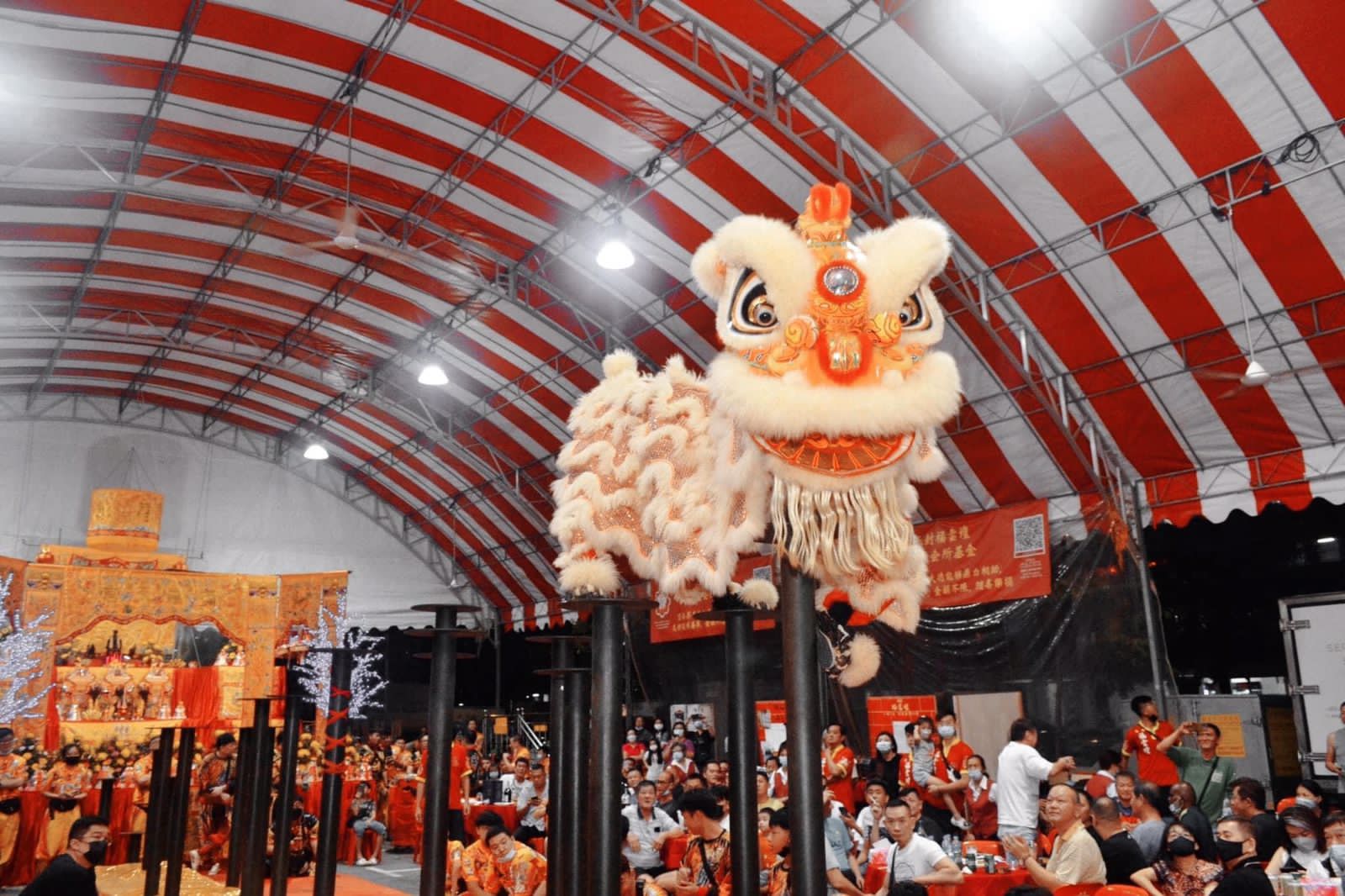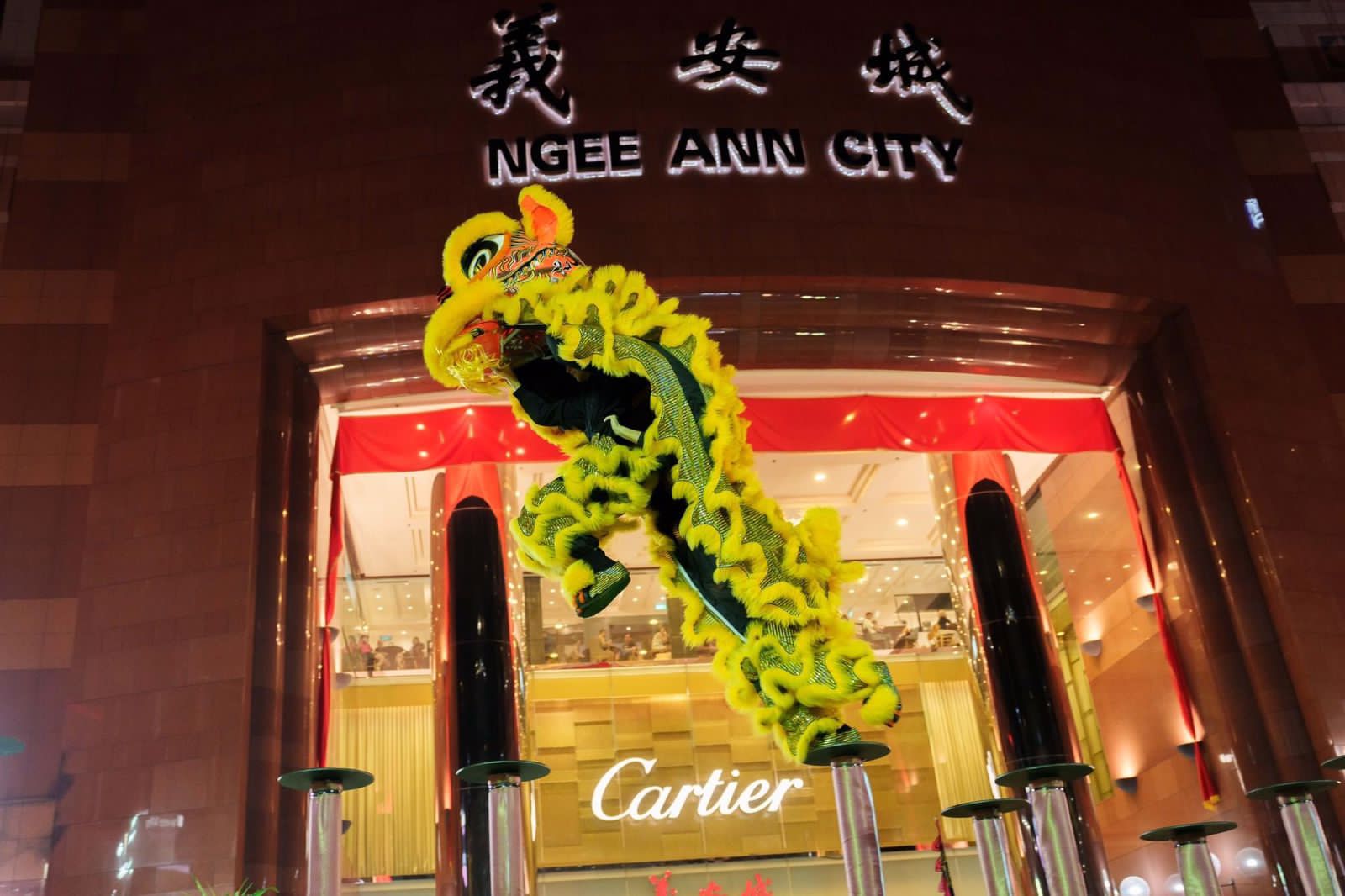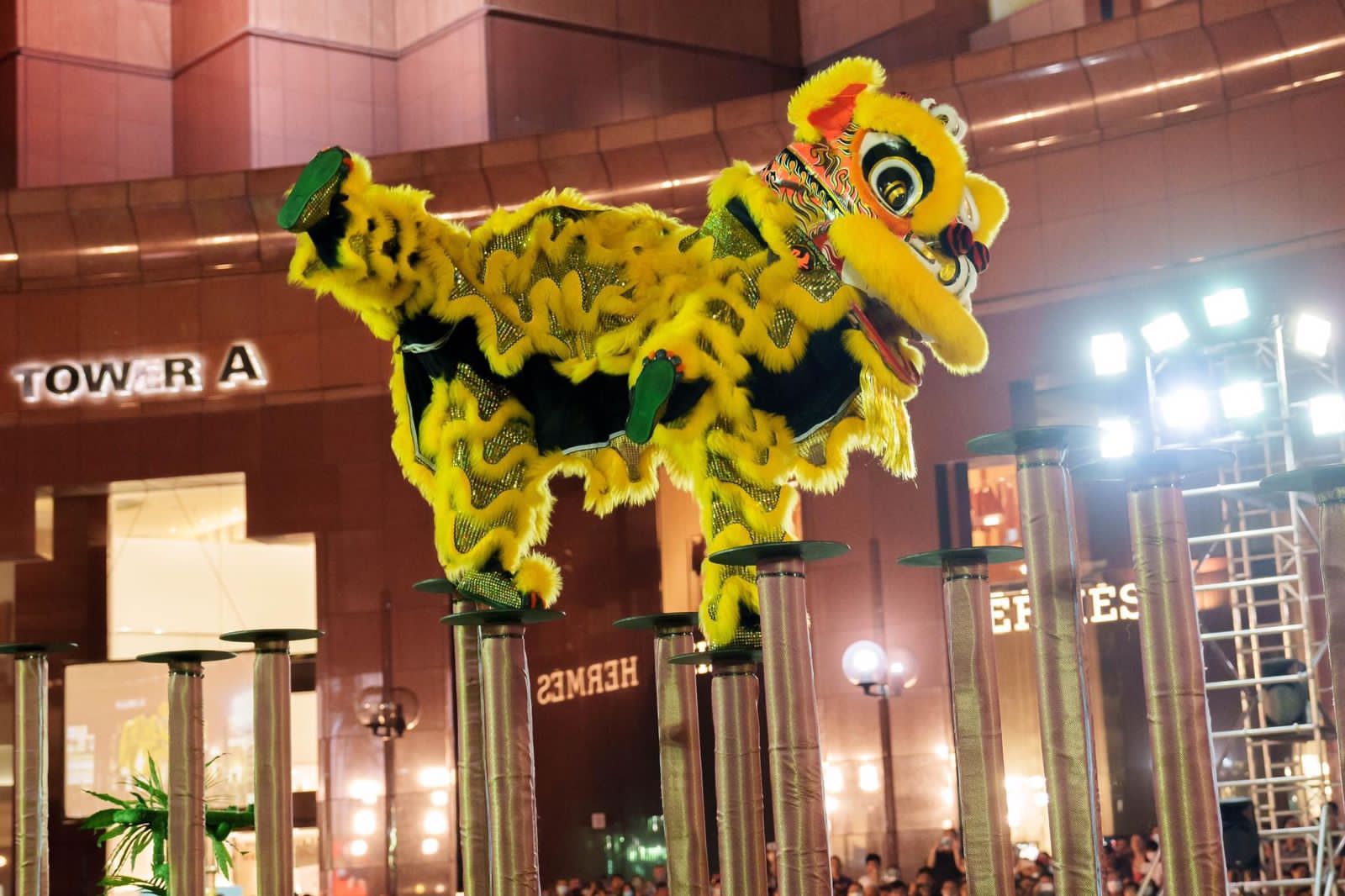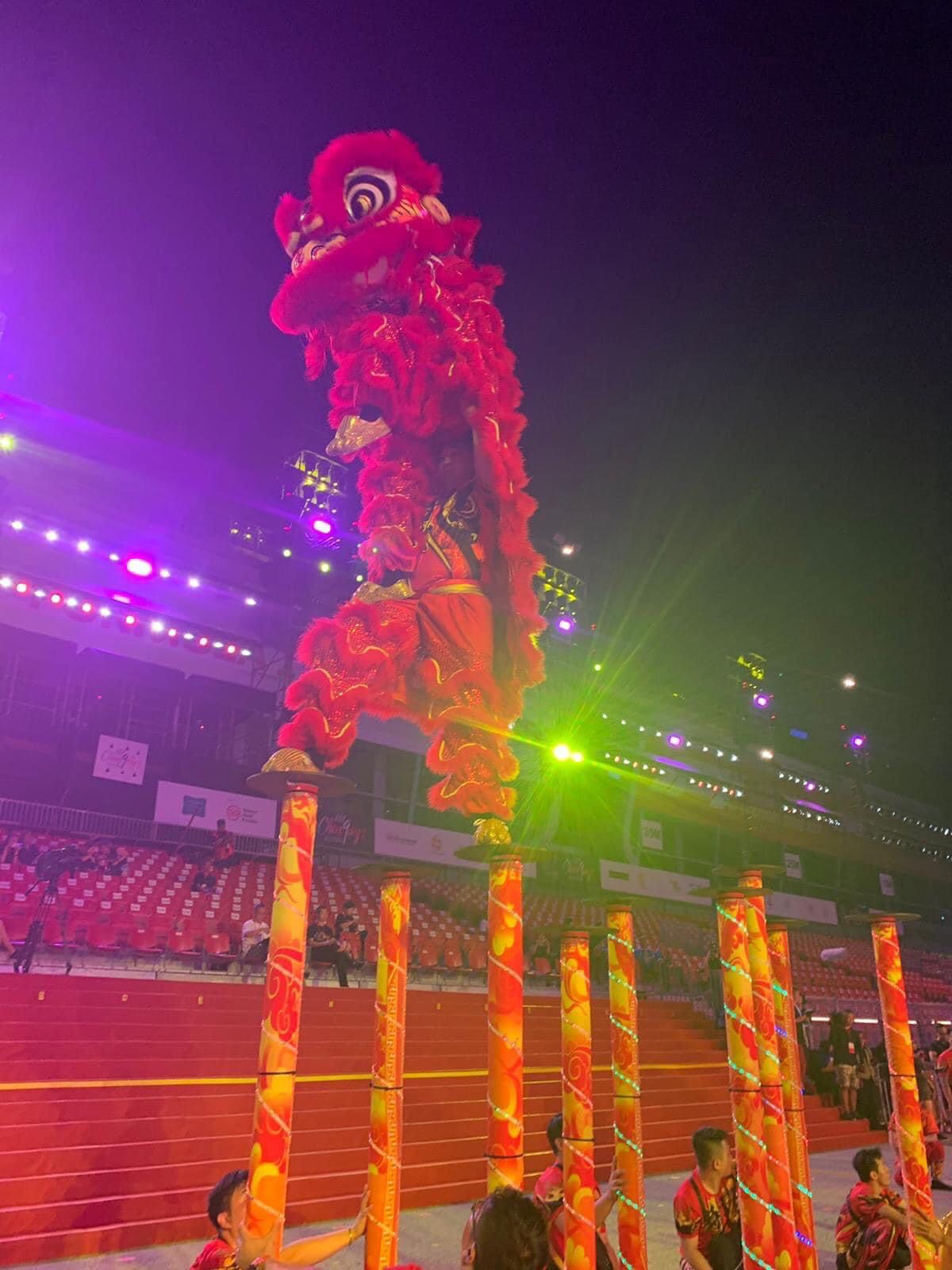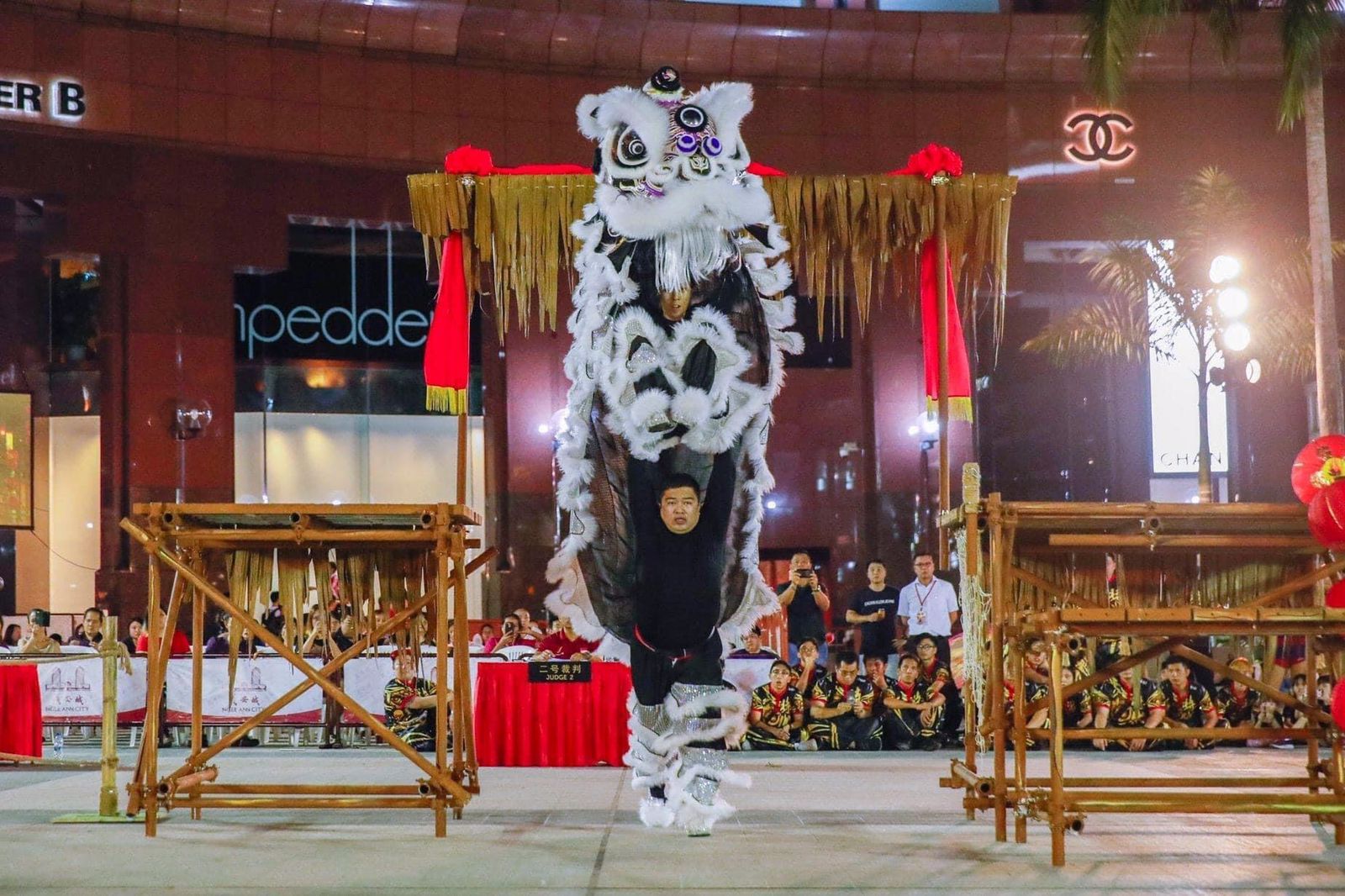Who Are the People in the Lion Dance? | Bella Entertainment
The Lion Dance is a mesmerizing traditional Chinese performance that has captivated audiences worldwide, especially in Singapore. This vibrant display of culture and skill involves a team of dedicated performers who bring the lion to life with their synchronized movements, acrobatics, and musical prowess. At Bella Entertainment, we take pride in our talented Lion Dance troupe, who ensure that every performance is a memorable experience. In this article, we will delve into the roles and skills of the people involved in the Lion Dance, highlighting their importance in making this cultural art form so enchanting.
The Roles in a Lion Dance Troupe
A typical Lion Dance performance involves several key roles, each contributing to the overall spectacle. These roles include the lion head and tail performers, the musicians, and support staff. Let’s explore each of these roles in detail:
1. The Lion Head Performer
The lion head performer is one of the most critical roles in a Lion Dance troupe. This individual is responsible for operating the lion’s head, which involves intricate hand and arm movements to animate the lion’s expressions and reactions. The lion head performer must have excellent control and precision to make the lion appear lifelike.
Skills Required: Strength, dexterity, and a deep understanding of the lion’s symbolic movements.
Responsibilities: Controlling the lion’s eyes, mouth, and head movements to convey emotions and responses.
2. The Lion Tail Performer
The lion tail performer supports the lion head performer by handling the lion’s body and tail. This role requires significant strength and coordination, as the tail performer must move in perfect harmony with the head performer to create fluid and realistic movements.
Skills Required: Strength, agility, and seamless coordination with the lion head performer.
Responsibilities: Synchronizing movements with the head performer and executing jumps and acrobatics.
The Musicians
Music is an integral part of the Lion Dance, setting the rhythm and enhancing the energy of the performance. The musicians typically include drummers, cymbalists, and gong players. Each instrument plays a vital role in creating the dynamic soundscape of the Lion Dance.
1. The Drummer
The drummer provides the main beat and rhythm for the Lion Dance. The drum’s powerful beats dictate the lion’s movements and actions, making it the heartbeat of the performance.
Skills Required: Strong sense of rhythm, stamina, and the ability to synchronize with the performers.
Responsibilities: Setting the tempo and rhythm for the performance and coordinating with other musicians.
2. The Cymbalists
Cymbalists add layers of sound and excitement to the Lion Dance music. They play in sync with the drummer, accentuating key moments in the performance with sharp, resonant crashes.
Skills Required: Timing, coordination, and the ability to enhance the musical dynamics.
Responsibilities: Playing cymbals in harmony with the drum and gong to create a cohesive sound.
3. The Gong Player
The gong player provides a deep, resonant tone that complements the drum and cymbals. The gong’s sound adds depth to the music, creating a rich auditory experience.
Skills Required: Timing, strength, and the ability to produce varied tones.
Responsibilities: Enhancing the overall soundscape and adding dramatic effects to the performance.
The Support Staff
Behind every successful Lion Dance performance is a dedicated support team. These individuals handle various logistical and operational aspects to ensure the performance runs smoothly.
1. The Choreographer
The choreographer designs and plans the Lion Dance routine. They work closely with the performers to create intricate movements and formations that tell a story and captivate the audience.
Skills Required: Creativity, knowledge of traditional Lion Dance techniques, and the ability to innovate.
Responsibilities: Developing and teaching the performance routine, ensuring it is executed flawlessly.
2. The Costume and Prop Handlers
Costume and prop handlers are responsible for maintaining the lion costumes and other performance props. They ensure that everything is in perfect condition and ready for the show.
Skills Required: Attention to detail, craftsmanship, and organizational skills.
Responsibilities: Preparing and maintaining costumes and props, assisting performers with quick changes.
3. The Coordinators
Coordinators manage the overall logistics of the performance, from scheduling rehearsals to coordinating travel and setup. They are the backbone of the operation, ensuring that everything runs on time and according to plan.
Skills Required: Organizational skills, communication, and problem-solving abilities.
Responsibilities: Handling logistics, scheduling, and coordinating with event organizers and performers.
The Importance of Training and Discipline
Performing the Lion Dance requires rigorous training and discipline. At Bella Entertainment, our performers undergo extensive training to master the skills needed for this art form. This includes physical conditioning, learning traditional movements, and rehearsing complex routines. Training ensures that each performer can deliver a high-quality performance that is both captivating and authentic.
1. Physical Conditioning
Lion Dance performers must be in excellent physical shape. The dance involves intense physical activity, including jumps, acrobatics, and precise movements. Performers engage in regular conditioning exercises to build strength, flexibility, and endurance.
2. Traditional Movements
Learning traditional Lion Dance movements is essential for maintaining the cultural integrity of the performance. Performers study the symbolic gestures and actions that represent various aspects of the lion’s character and story.
3. Rehearsing Routines
Rehearsals are crucial for ensuring that the performance is seamless and synchronized. Performers practice their routines repeatedly, fine-tuning their movements and coordination to achieve perfect harmony.
The Cultural Significance of the Lion Dance
The Lion Dance holds profound cultural significance in Singapore and across the Chinese community. It is performed during various celebrations and events to bring good luck, ward off evil spirits, and entertain audiences. Key occasions for Lion Dance performances include:
1. Chinese New Year
The Lion Dance is a highlight of Chinese New Year celebrations in Singapore. It is performed to usher in good fortune and prosperity for the coming year. The lively dance, accompanied by the sound of drums and cymbals, creates a festive atmosphere.
2. Weddings
Lion Dance performances at weddings symbolize happiness and good luck for the newlyweds. The energetic and joyful dance adds a celebratory touch to the occasion, delighting guests and blessing the marriage.
3. Grand Openings
Businesses often hire Lion Dance troupes for grand openings and product launches. The performance is believed to attract positive energy and bring success and prosperity to the business.
4. Festivals and Cultural Events
Lion Dance performances are a staple at various festivals and cultural events in Singapore. They showcase Chinese heritage and traditions, promoting cultural appreciation and community spirit.
The Modern Evolution of Lion Dance
While the Lion Dance remains rooted in tradition, it has also evolved to incorporate modern elements. Contemporary performances may include fusion with other dance styles, innovative choreography, and advanced acrobatics. These modern adaptations help to keep the Lion Dance relevant and engaging for new generations.
1. Fusion Performances
Fusion performances blend traditional Lion Dance with modern music and dance styles. These innovative shows appeal to a broader audience and demonstrate the versatility of the Lion Dance.
2. Innovative Choreography
Modern Lion Dance troupes experiment with new choreography, incorporating unique movements and formations. This creativity adds a fresh twist to the traditional performance while preserving its cultural essence.
3. Advanced Acrobatics
Contemporary Lion Dance performances often feature advanced acrobatics and stunts. These high-energy elements captivate audiences and showcase the performers’ athleticism and skill.
How to Hire a Lion Dance Troupe in Singapore
If you’re looking to hire a Lion Dance troupe for your event, Bella Entertainment offers professional and experienced performers who can deliver an unforgettable show. Here’s how you can book a performance with us:
1. Contact Us
Reach out to us via phone, email, or our website to discuss your event details and requirements. Our team will provide you with all the information you need and answer any questions you may have.
2. Get a Quote
We will provide you with a customized quote based on your specific needs and preferences. Our pricing is competitive, and we offer flexible packages to suit different budgets and event types.
3. Confirm Your Booking
Once you are satisfied with the quote, confirm your booking by providing any additional details or special requests. We will handle all the logistics and coordination to ensure a smooth and successful performance.
4. Enjoy the Show
Sit back and enjoy a spectacular Lion Dance performance that will leave a lasting impression on your guests. Our team is dedicated to delivering a high-quality show that exceeds your expectations.
Contact Bella Entertainment Today
Ready to add the magic of Lion Dance to your event? Get in touch with Bella Entertainment today to discuss your needs and book the best Lion Dance troupe in Singapore.



